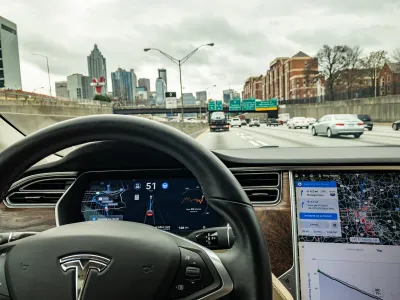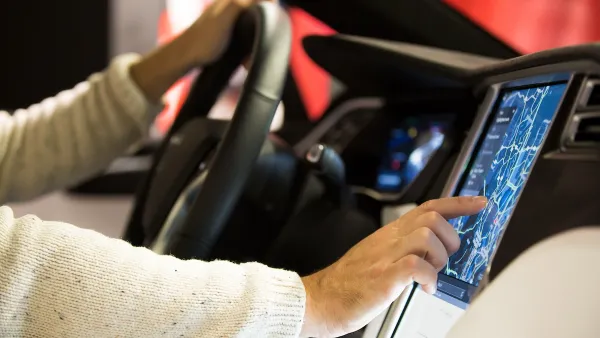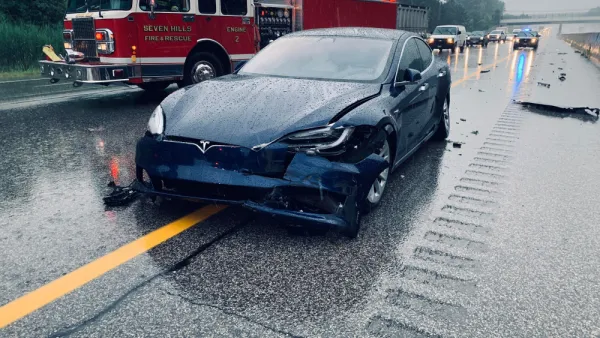The agency will probe the “Full Self-Driving” system in the wake of crashes that include a pedestrian death.

The National Highway Traffic Safety Administration (NHTSA) opened a probe into Tesla’s “Full Self-Driving” system after reports of multiple crashes involving the system, including one that killed a pedestrian.
According to an article by Michel Euler for the Associated Press, the agency will investigate the system’s ability to “detect and respond appropriately to reduced roadway visibility conditions, and if so, the contributing circumstances for these crashes” in roughly 2.4 million Tesla cars from between 2016 and 2024.
The company insists drivers are meant to stay alert while using the system, but are promising to release fully automated robotaxis in 2026. The investigation could prevent the NHTSA from approving new driverless vehicles without steering wheels or pedals. For now, deploying autonomous features in its existing models would fall under the jurisdiction of state agencies, and no federal rules aimed specifically at autonomous vehicles exist.
Tesla was forced to recall hundreds of thousands of vehicles with “Full Self-Driving” systems earlier this year to correct issues including running stop signs at low speeds.
FULL STORY: U.S. to probe Tesla's 'Full Self-Driving' system after pedestrian killed

National Parks Layoffs Will Cause Communities to Lose Billions
Thousands of essential park workers were laid off this week, just before the busy spring break season.

Retro-silient?: America’s First “Eco-burb,” The Woodlands Turns 50
A master-planned community north of Houston offers lessons on green infrastructure and resilient design, but falls short of its founder’s lofty affordability and walkability goals.

Delivering for America Plan Will Downgrade Mail Service in at Least 49.5 Percent of Zip Codes
Republican and Democrat lawmakers criticize the plan for its disproportionate negative impact on rural communities.

Test News Post 1
This is a summary

Test News Headline 46
Test for the image on the front page.

Balancing Bombs and Butterflies: How the National Guard Protects a Rare Species
The National Guard at Fort Indiantown Gap uses GIS technology and land management strategies to balance military training with conservation efforts, ensuring the survival of the rare eastern regal fritillary butterfly.
Urban Design for Planners 1: Software Tools
This six-course series explores essential urban design concepts using open source software and equips planners with the tools they need to participate fully in the urban design process.
Planning for Universal Design
Learn the tools for implementing Universal Design in planning regulations.
EMC Planning Group, Inc.
Planetizen
Planetizen
Mpact (formerly Rail~Volution)
Great Falls Development Authority, Inc.
HUDs Office of Policy Development and Research
NYU Wagner Graduate School of Public Service





























